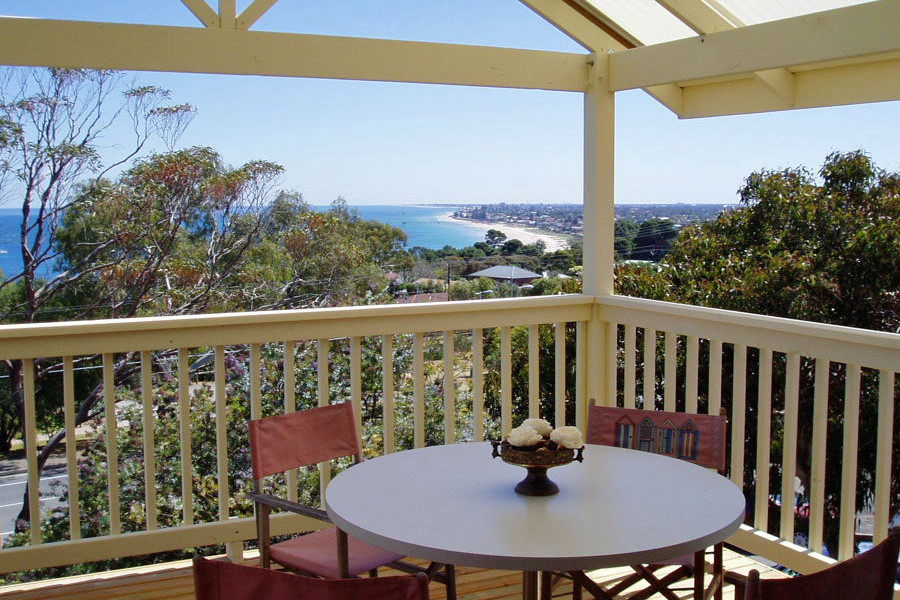
Moisture has always been a challenge for all types of timber structures. But when you intend to build a timber deck by the seashore protecting it from the elements is an extremely important consideration.
Dangers By the Sea
Timber structures face many challenges when built near coastal areas. Excessive sun, sand and wind can wear down the timber and cause physical damage that if left unchecked could eventually compromise the structure’s longeivity. Sand and wind can combine to damage your deck if it’s not appropriately protected.
Salt is another concern for timber deck owners. Salt from sea spray finds its way into the timber and seeps through cracks. When the moisture dries up from exposure to the sun and wind, salt crystals form within the timber structure. Over time the salt crystals grow larger as more and more salt is deposited, pushing the timbre fibre outward and resulting in a condition known as “fuzzy wood.”
Fuzzy wood need not be cause for alarm; it seems to affect only the exposed surface of the timber and takes effect very slowly. The underlying structure itself remains intact. But it does affect your structure’s appearance and the results can be unsightly. If you want to be sure that salt and sand don’t have any adverse effect on the long term health of your deck you should paint or stain it and check bi annually to see that it is in good condition.
Protect Your Timber Deck
Since moisture is an issue, make sure you build using timber that has been kiln dried and treated. Kiln drying ensures that any moisture remaining in the timber will be forced out. Use at least H3-treated timber, which is treated to withstand exposure to harsh weather.
The crawl space beneath the deck should be well ventilated to remove the possibility of condensation. Space your decking boards to allow moisture to evaporate and prevent it from building up beneath the boards.
Constantly clean your deck and check it for damage from furniture, the wear-and-tear of constant use and the ravages of extremes in weather. When you discover cuts, holes and cracks quickly flood these with a suitable preservative that prevents more moisture from entering the timber and causing more damage. Cleaning also removes salt particles that can build up, as well as other debris that can damage the timber or worsen existing issues.



